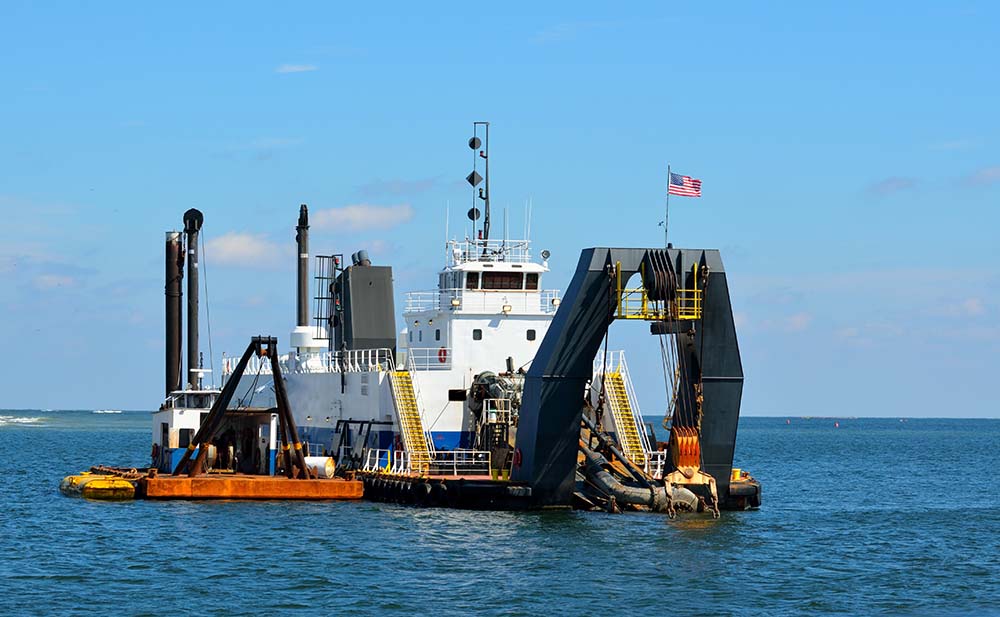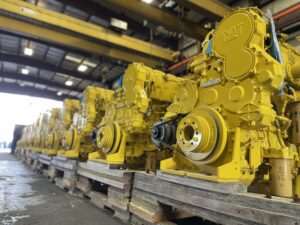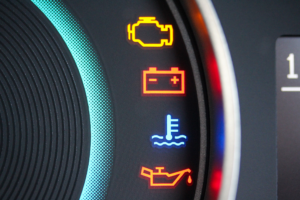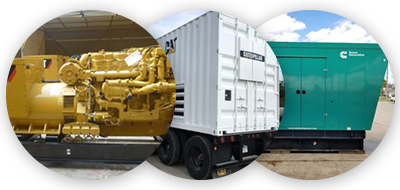
Dredging projects keep waterways open and protect coastal environments. By removing rock, sediment, or sand from a water environment, dredging creates greater depth for improved waterways, recovers material for remediation or disposal, and can relocate materials to improve coastal regions.
Dredging to improve ocean and river channels is not a modern invention. Historically, signs of dredging appear as early as 4000 BC. The ancient mechanical operation of harbor dredging evolved into today’s fully automated process using marine engines, pumps, generators, and a host of auxiliary equipment to complete complicated projects.
The advancement of dredging equipment makes the dredging process more accurate, productive, and safer for the environment. Each dredging project requires certain considerations and specific equipment depending upon the type of soil, location, and mode of transport for dredged materials.
Types of dredging equipment
Suction dredgers, mechanical dredgers, or a combination of both make up modern-day dredging systems.
The most common types of dredgers are:
Cutter Suction Dredgers (CSD): excavate with a rotating auger and suck up the material into a tube that transfers it to a barge or deposits it on land. CSDs are stationary and produce accurate dredging results but are not suitable for open sea waters.
Trailing Suction Hopper Dredgers (TSHD): self-propelled units that combine dredging, transport, and discharge. Hydraulic drag heads suck up the material and pump it into an onboard hopper. The vessel itself transports dredged material. TSHDs are suitable for open water and can operate during heavy weather or under swell conditions.
Backhoe Dredger: Like a land-based backhoe, these heavy-duty dredgers operate with a mechanical arm to dig up a variety of soil types including clay, sand, rocks, and boulders. Its stationary operation produces accurate dredging and materials for transport by barge.
Grab Hopper Dredger: A crane with a grab lowers into the water to bring up soil and deposit it into a hopper to store and transport the dredged material. This dredger causes minimal turbidity and works best for heavily contaminated areas. It is self-propelled, suitable for open sea and greater depths. It functions while stationary and requires mooring with spuds or anchors.
Environmental Dredgers: Vary in specifications. All have high levels of accuracy and create low levels of turbidity. Most also house advanced instrumentation for conducting precise dredging according to strict environmental standards.
Auxiliary equipment: Auxiliary equipment is also necessary to complete any dredging job.
- Pipelines: transport the dredged material from the dredge site to shore or from the hopper to land.
- Booster stations: are added to the pipeline to add extra pumping power for the movement of slurry through the pipeline.
- Work boats: help position the dredge, assist with anchor handling, positioning of floating pipelines, and even the transportation of fuel, goods, or personnel—examples: tug boats, multicats, hydrographic vessels, and anchor barges.
- Hopper barge: transport the dredged material and have a variety of specifications for varying conditions and needs.
Power for Dredging Operations
An important element of any dredge system, large or small, is power generation. Each of the dredging systems above operates specialized equipment requiring heavy-duty power to do the job. Because most dredging occurs on or near the water, dredge operations must supply their power with engines and generators. Depco Power Systems carries a complete line of new, rebuilt, and used equipment to power your dredge operation.
- Marine engines: The main power of the dredge uses marine engines to operate equipment. Marine engines also power the workboats, barges, and vessels used to support the dredge operation.
- Marine gears transmit the power from the engine to the systems on the dredge to operate smoothly.
- Power units operate pump houses on the water. Booster stations use power units to run pumping equipment that pushes the slurry of dredged material through the pipeline.
- Generators supply the main power to the dredge or standby power if shore power is available for needed equipment operating the dredging process. All systems on the dredging vessel or platform need power from generators to operate.
Let Depco Power Systems Power Your Dredging Operation
Depco can power every step of your dredging system, from marine gears and engines, to power units and generator sets. We have everything you need for your dredging operation, and our sales team has extensive knowledge of the dredging industry and its power needs. Call Depco today. Our experienced sales team can advise you on new or used equipment to get your next dredging project pumping.






